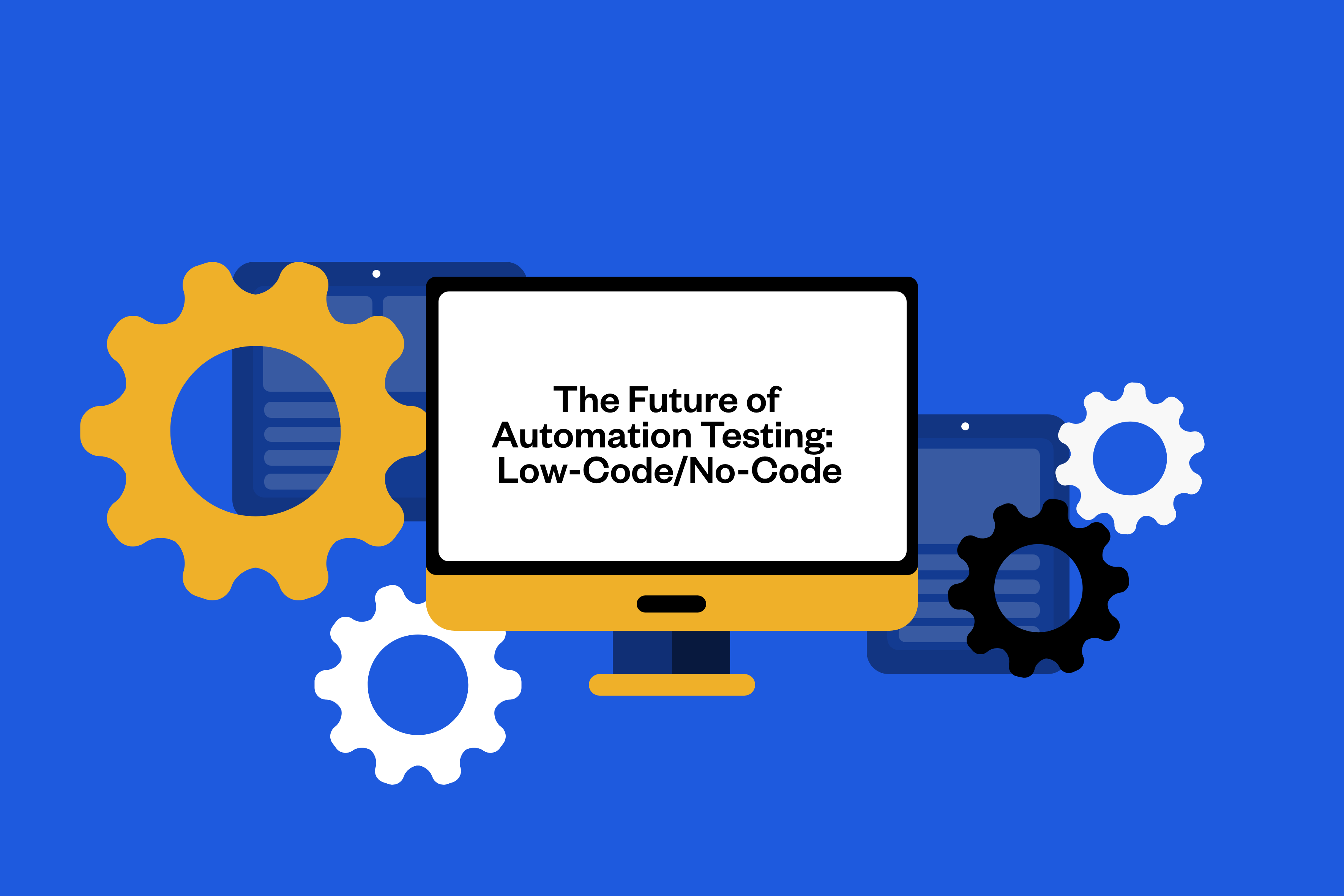With the adoption of DevOps by enterprises to boost the speed of app releases, testing is able to keep up more easily. While traditional code-based test automation is slow, complicated and demands a lot of maintenance. No-code test automation has revolutionized as a disruptive change that can empower continuous testing for web and mobile applications.
Through intuitive visual interfaces and embedded intelligence, no-code platforms eliminate the effort of automating testing across desktop, web and mobile applications. The advantages of abstraction and automation allow the QA teams to test quicker and smarter. With the popularity of no-code in application design, its implementation for testing is likely to revolutionize application QA.
No-Code Testing Leads to Faster Time-to-Market for Apps.
Faster release of quality apps is very important for the success of any business. App releases are delayed due to slow and non-coherent testing systems. No-code test automation can help compress development cycles and accelerate time-to-market through various benefits:
- Faster Test Creation
The first improvement in productivity comes from faster test case design. Manual coding takes five times longer than the visual drag-and-drop builders, which allows for creating tests.
Complex test scenarios can be put together with codeless building blocks in no time without programming skills. This allows for generating big test suites in days rather than months.
- Quicker Test Execution
No-code mobile app testing enables parallel testing on hundreds of real devices and platforms in cloud labs. This distributed execution contributes to regression test passes in hours instead of days. Intelligent auto-allocation of tests ensures that resources are utilized efficiently to achieve maximum velocity and coverage. Faster runs provide rapid feedback.
- Lowers Maintenance
Maintaining the coded UI tests becomes a time-consuming activity, as applications change with every release; therefore, it delays the releases. The decoupled no-code tests are resistant to changes. Automated self-healing also reduces rework in order to keep the tests green. More test sustainability is achieved with 40-60% lower test maintenance overhead. The higher ROI of automation allows more features and platforms to be addressed.
- Seamless Integration
Command line execution enables no-code testing solutions to seamlessly connect with CI/CD pipelines. With the automated scheduling, it is possible to run large test suites with every build. No-code testing reflecting continuous delivery speed allows shift-left. Problems are identified quickly before they spread further.
- Quick Root Cause Analysis and Debugging
The procedure of debugging test failures in traditional automation is tedious. No-code cloud platforms offer user-friendly dashboards that enable quick debugging through the use of videos, logs and screenshots.
Streamlining the Creation of Tests for App Teams
The process of no-code mobile app testing starts with the ability to create test cases without programming skills and visually. By using pre-built components in the drag-and-drop interfaces, functional areas can be tested 40% faster to build test scenarios for complex areas.
No-code democratizes the process of test creation by allowing subject matter experts and non-coders to create automated suites for web and mobile apps. Basic training allows app teams to implement test automation at scale. AI-facilitated writing helps to increase efficiency.
Expanding Test Coverage
Running automated tests on devices, browsers, and platforms is a critical step in app quality assurance. Parallel test execution of no-code testing on the cloud-based labs simulating real environments brings scale.
Smart test allocation maximizes the utilization of thousands of actual mobile devices, desktops, browsers and platforms. Dynamic scaling is possible owing to the on-demand provisioning.
Continuous Change-Resilient Testing
Coded scripts are the most expensive and require regular maintenance when apps change as the test debt increases. Resilience to enhancements is provided by no-code tests that are independent of the underlying code.
Script failures caused by app changes are eliminated with natural language test steps and real-time object mapping. Automated healing, failure prediction, and test optimization maintain the test suites over time.
Integrating with CI/CD Pipelines
CI/CD implementation is increasing at the rate to enable continuous application delivery. Easy command line execution and no-code testing integration optimizes the DevOps pipelines.
With shared cloud device infrastructure, running large-scale regression suites along with every build is possible. The automated analysis and notifications give early feedback on the quality of the no-code automation testing tools used during the process.
Democratizing Test Data Management
Realistic test data generation and management is a major bottleneck. No-code ML approaches enable teams to automatically generate safe synthetic test data on demand.
Data masking, anonymization and compliance enable the management of confidential information. Engineering requirements are abstracted to test data workflows.
Enhancing Analytics-Driven Insights
The use of fragmented tools results in poor test visibility. The no-code dashboards aggregate test metrics across systems, which leads to transparency. Intelligent failure prediction, root cause analysis, test optimization and automation forecasts help teams focus on high-ROI areas. Data-driven decision-making becomes ubiquitous.
Facilitating Reuse & Collaboration
No-code automation testing encourages components that can be used over and over again, which contributes to the creation of QA across an organization. Standard templates and test elements are reusable across projects. Shared asset libraries and version control enhance team productivity while ensuring knowledge transfer. Community features foster crowdsourced innovation.
Empowering Business Users
Historically, test automation was considered the developer’s responsibility. No-code testing allows business users and domain experts to test apps without IT dependency. Democratization unlocks productivity benefits not only for the QA team. Business users become promoters of test automation instead of hindrances.
The Future of App Testing
In the context of DevOps, testing speed is a critical aspect as application delivery speeds up. The major pain points in the conventional testing paradigms are solved through no-code intelligent automation. No-code can revolutionize app testing by democratizing test creation, optimizing test reuse and integrating with CI/CD. As testing becomes more of a self-service model, QA can now spend time on innovation and delivering business value.




